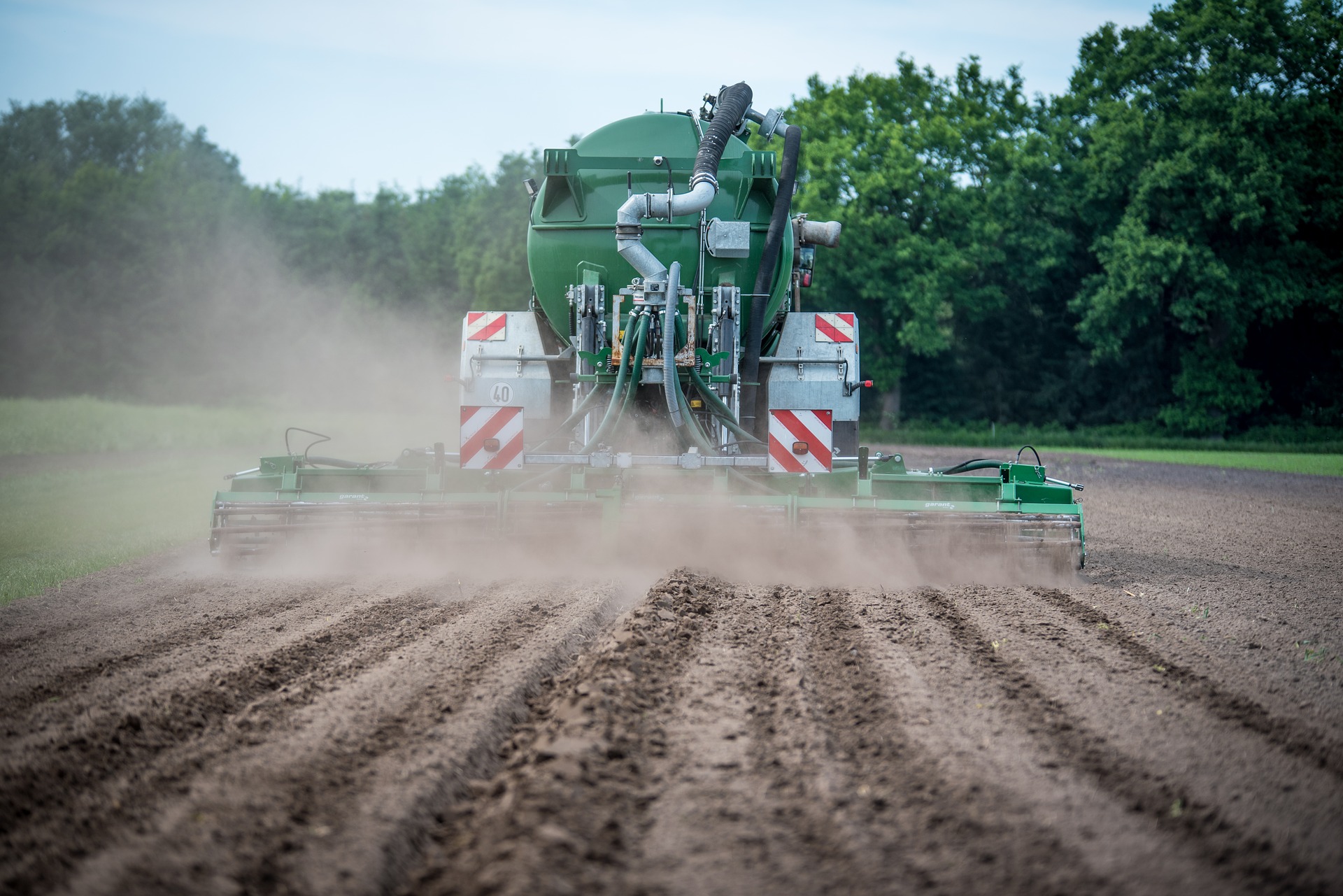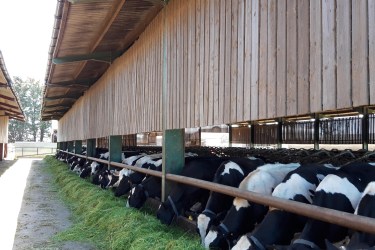By Adam Atkinson
The implications of a hike in fertiliser prices are likely to last well into next season, but not all is lost. Actions can be taken on farm to minimise the impact of rising costs on your business.
First, let’s evaluate what we know so far.
The Government has intervened to halt the closure of CF fertilisers, who produce 1.5m tonnes of AN per annum. This support is only for three weeks though and there is no guarantee that production will continue after then. Even if they do, it’s unlikely that fertiliser prices will fall right back.
Currently AN prices are £1.38/kg compared to £0.6kg last year. Urea prices are also significantly higher. Phosphate has risen from £0.54/kg to £1.02/kg while potash is running at £0.65/kg, up from £0.41/kg.
The consequences at farm level can be marked. For the average dairy herd recorded through our FBA service, the spend on fertiliser last year was £17,600 but next year this will be £36,800 at the same usage rates.
These herds have 240 cows with an average 9000 litres/cow. Assuming they see no change in milk price, they will need to produce 64,000 litres more, 266 litres/cow, just to cover the increase in fertiliser costs.
Yes, they are quite strong figures. But, don’t panic! A clear plan has great potential to offset some of the price increases; it’s time to make better use of fertiliser and other sources of plant nutrients.
So, what can be done? Try growing grass with less N input. One organic farmer in the South of England averaged just over 10t/DM/ha growth with no artificial N this year, with the best performing paddock being 15.4t/DM/ha.
Here’s our top tips for reducing your N input.
Consider including legumes into leys to fix atmospheric N. High capture clover leys can capture and fix 150-250kg of useable N. It is worth noting that the downside of lots of clover is poor winter growth, therefore bloat risk management is needed.
Red clover is another option to consider. It fixes more N although is less persistent, lasting 2-3 years. It particularly works well for silage leys, helping to produce high protein silage with minimum input.
Why not make the most of alternative sources of N, for example digestate or poultry muck? Make use of the nitrogen in your slurry too, by spreading in spring with a trailing shoe or dribble bar compared to spreading in summer via a splash plate. This could be equal to a loss or gain of 20kgs N per ha.
It also pays to be precise. Assess fields carefully and measure grass regularly with a plate meter. Use the data collected to drive decisions, identify poor performing paddocks or diagnose issues. You may find less productive areas where fertiliser could be reduced.
Going hand-in-hand with this is establishing the reason for reduced growth rates.
- Are you growing the right species of grass to maximise potential? Are weed grasses creeping in as rye grasses die out?
- Is your soil compacted? If so, dig pits to establish if the compaction is restricting root growth and therefore, restricting yields.
- Do you have the correctpPH levels? If the field’s pH is lower than an optimum of 6.2 pH for grass and 6.5 pH for arable, you could be losing yield of crops and wasting expensive fertiliser. Correcting your pH with lime can be the cheapest option.
- Don’t forget about moisture. Are your fields getting enough?
It’s advisable to implement grazing techniques to maximise utilisation, whether that be allocating the grazing areas to meet DM intake or manipulating grazing round lengths to match supply.
Perhaps plant new seeds on older lays to allow better quality grass to grow and to encourage a better response from the nitrogen applied. Or consider new leys altogether, offering a 30% higher yield.
Lastly, don’t risk losing it; use it instead. Make an effort to graze cows in order to hit the ideal post grazing residual (1500kg/DM/Ha). After all, leaving grass behind will reduce subsequent growth rates and quality.
If you’d like further advice on how to minimise the impact of rising prices on your farm business or how to make better use of fertiliser and other sources of plant nutrients, we’re here to help. Our Farm Business Consultancy team will work closely with you to evaluate what savings you can make and how to effectively utilise the assets you already have on farm.
Take advantage of our special offer on soil test services! Across October & November, we’re offering soil tests at a 20% discount – that’s just £10 per field. Ring 01270 616800 or email GB-Promar-Enquiries@genusplc.com today! Make sure to quote ‘Soil Test Special’.







